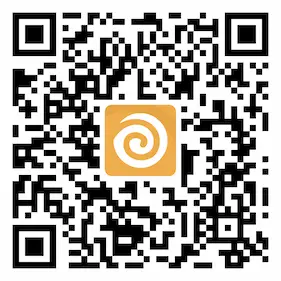Understanding Questionnaires in Indonesian Enterprises: A Guide for HR Professionals
In the fast-evolving landscape of Indonesian enterprises, human resources (HR) functions play a pivotal role in fostering a productive workforce. Among the various tools available, questionnaires stand out as essential instruments for gathering valuable information, measuring employee sentiment, and enhancing organizational processes.
What is a Questionnaire?
A questionnaire is a systematic set of questions designed to collect data from respondents. In the context of HR, these could pertain to employee satisfaction, training needs, performance evaluations, or workplace culture. The goal is to derive insights that can aid in decision-making processes.
Importance of Questionnaires in Indonesian Enterprises
1. Measuring Employee Engagement: Employee engagement is crucial for productivity. Utilizing questionnaires allows HR to assess how motivated and satisfied employees are with their work environment. Engaged employees are more likely to contribute to a positive workplace culture and exhibit higher levels of productivity. According to various surveys conducted in Indonesian enterprises, organizations that actively measure engagement tend to outperform their counterparts.
2. Identifying Training Needs: In an era of rapid technological advancement, continuous learning is critical. Questionnaires can help HR determine the skills gaps within the workforce. By assessing employees’ perceptions of their competencies, organizations can tailor training programs that address these needs, ensuring that their workforce remains competitive and efficient.
3. Assessing Workplace Culture: Understanding the organizational culture is vital in cultivating a productive work environment. Questionnaires can be used to gather feedback about workplace dynamics, inclusivity, and collabouration among teams. This feedback can inform policies and initiatives aimed at enhancing employee satisfaction and retention.
4. Feedback on Leadership and Management: Regular feedback on management effectiveness is essential for continuous improvement within an organization. HR can deploy questionnaires to evaluate how employees perceive their leaders and the decision-making processes within the company. This systematic approach helps leaders understand their strengths and areas for improvement, contributing to a healthier organizational climate.
Best Practices for Designing Effective Questionnaires
1. Clarity and Brevity: Questions should be clear and to the point. Complex questions may lead to misunderstandings and inaccurate data. Keeping the questionnaire concise encourages participation and ensures that respondents can complete it without feeling overwhelmed.
2. Mix of Question Types: Use a combination of closed-ended (multiple-choice, Likert scale) and open-ended questions to gather quantitative and qualitative data. This approach allows for comprehensive insights while also providing respondents the opportunity to express their thoughts more freely.
3. Anonymity and Confidentiality: Assure employees that their responses will be confidential. Anonymity can encourage more honest feedback, particularly on sensitive topics like workplace culture or management.
4. Pilot Testing: Before rolling out a questionnaire organization-wide, conduct a pilot test with a small group. This testing phase can help identify ambiguities or areas for improvement in the questionnaire design.
5. Actionable Insights: The ultimate goal of distributing a questionnaire is to effect change. Ensure that the results are analyzed and communicated effectively, and that action plans are put in place based on the findings. Sharing outcomes with the organization fosters a culture of transparency and encourages future participation.
Conclusion
In conclusion, questionnaires are indispensable tools within Indonesian enterprises that enable HR professionals to gain insights into various aspects of their workforce. By effectively measuring employee engagement, identifying training needs, and evaluating workplace culture, HR can shape responsive strategies that enhance organizational performance. Integrating best practices in questionnaire design and implementation ensures that the data collected leads to actionable insights, ultimately benefiting both employees and the organization at large.
Back to HR Glossary Page







